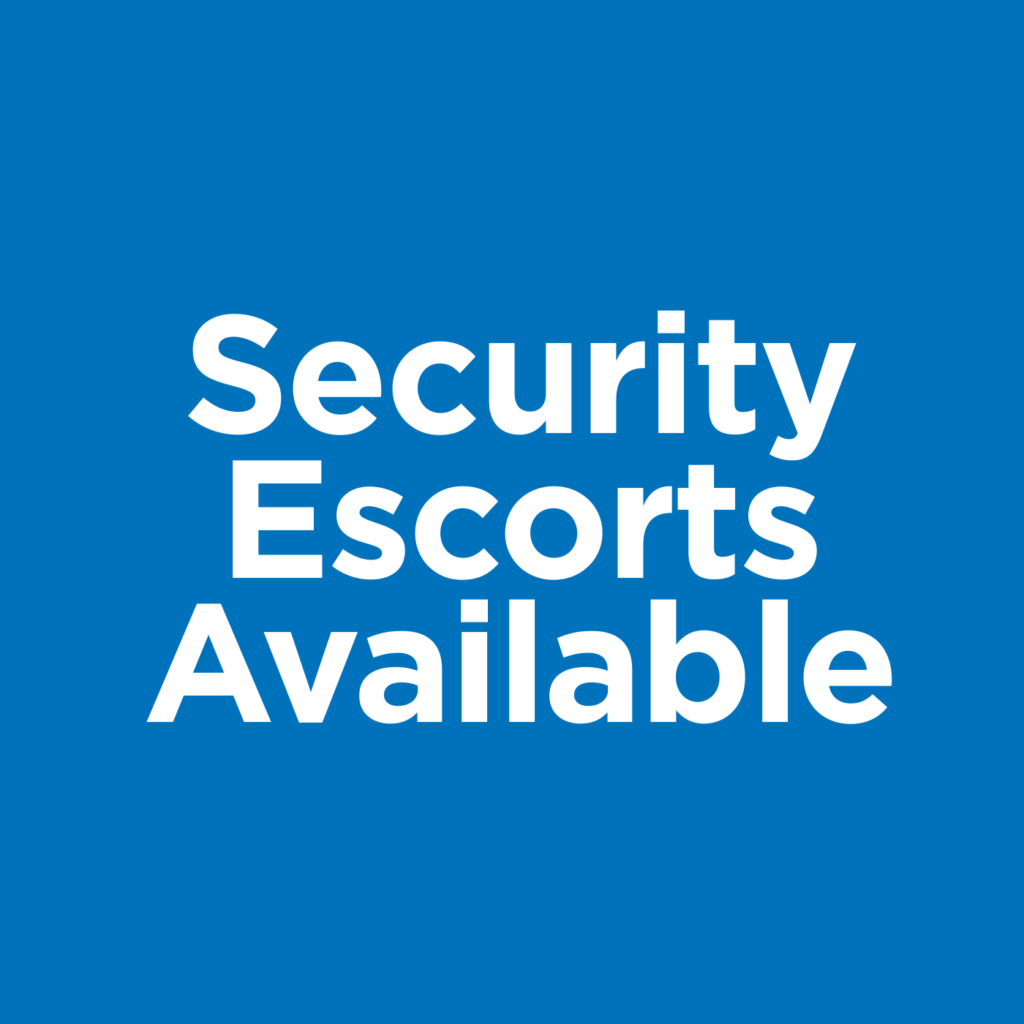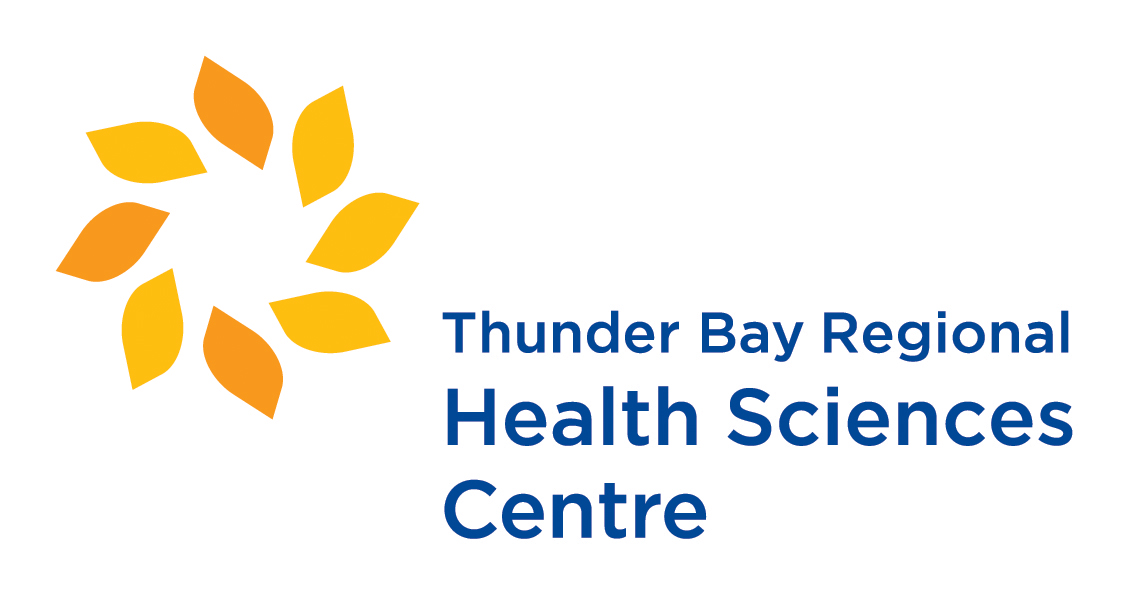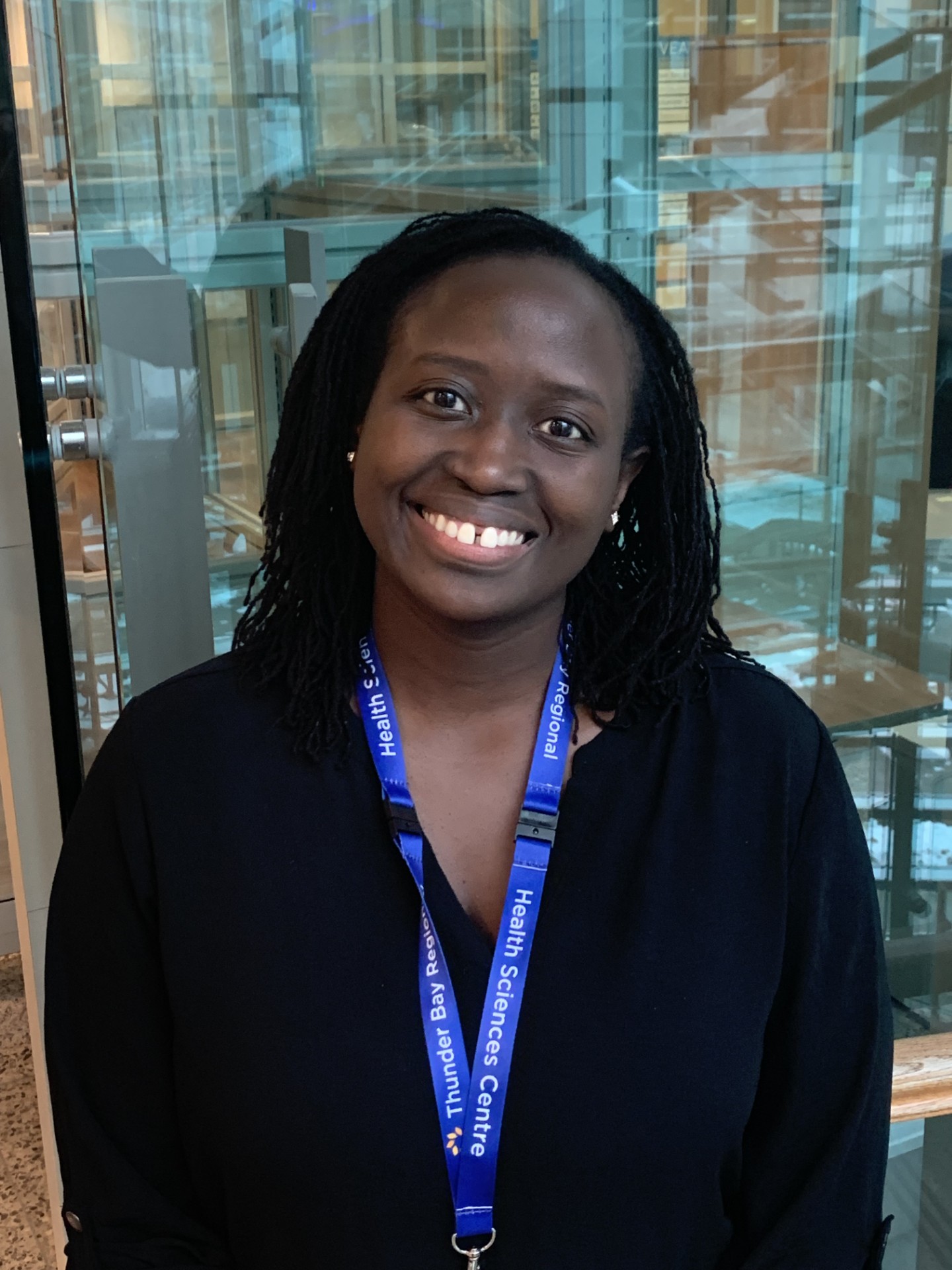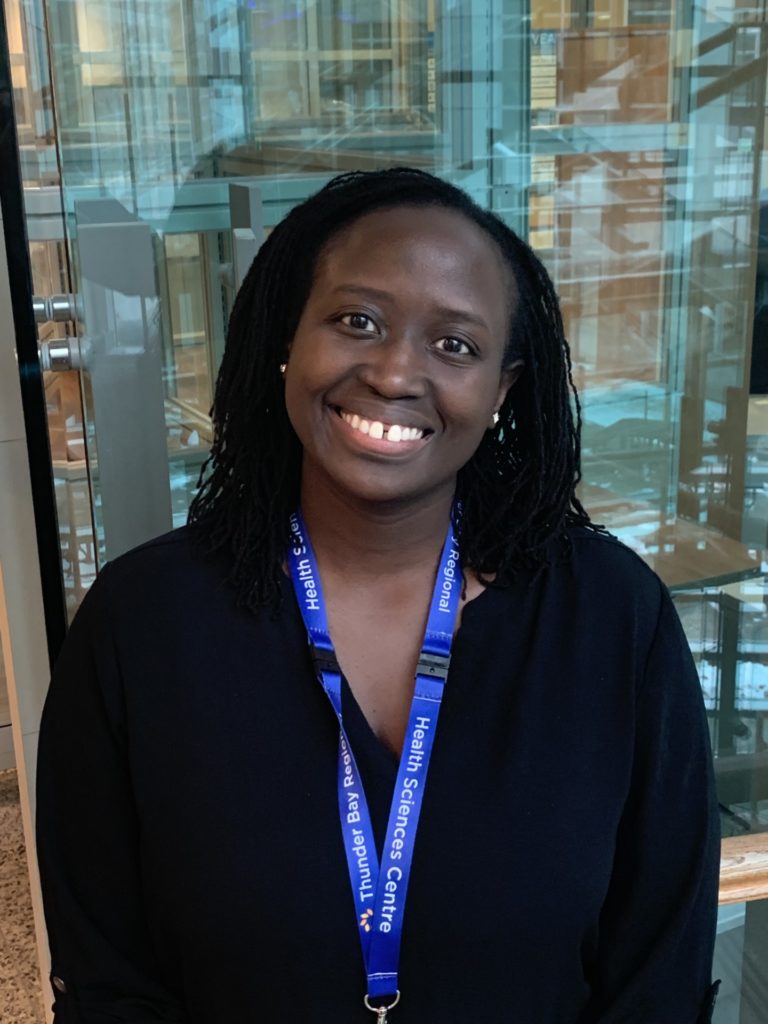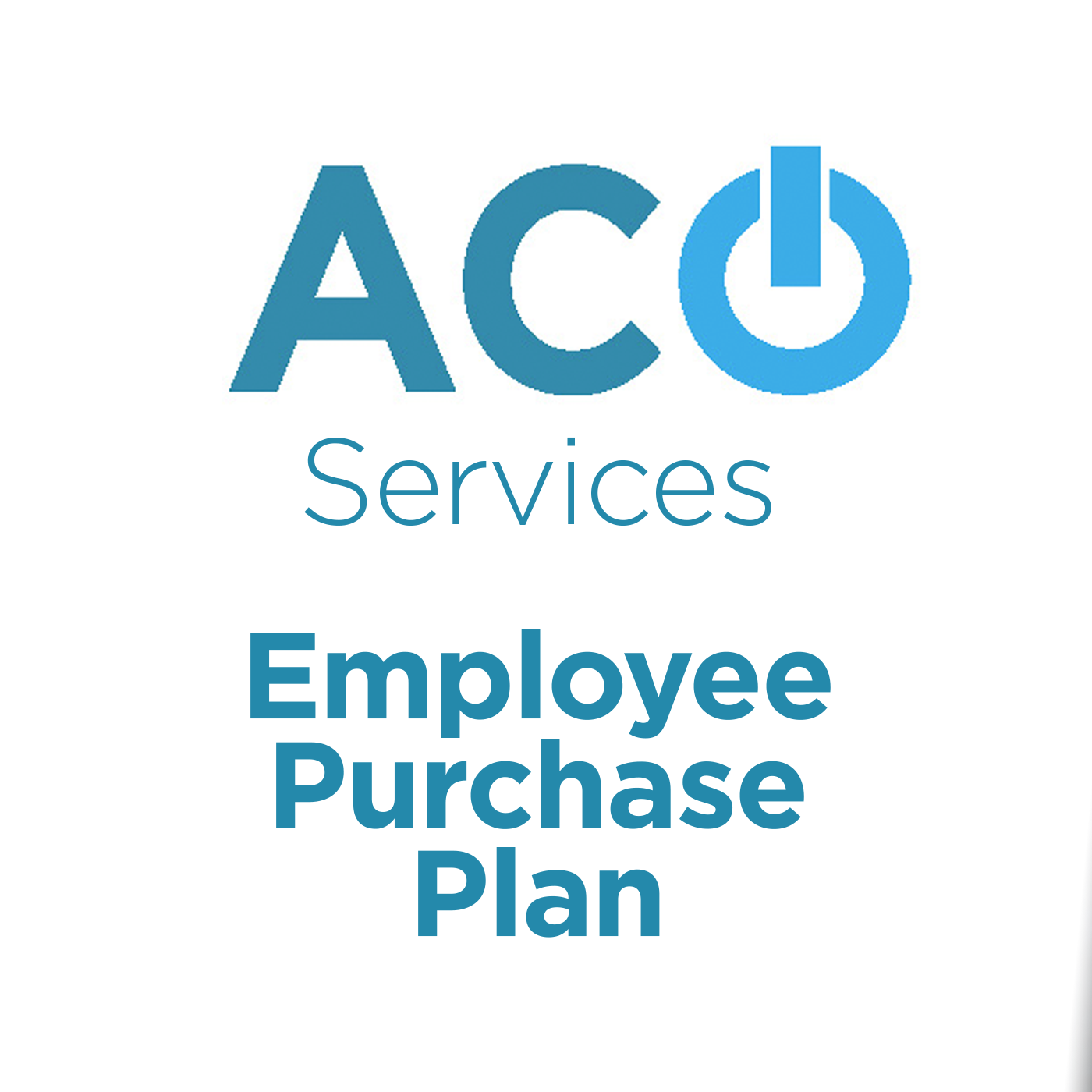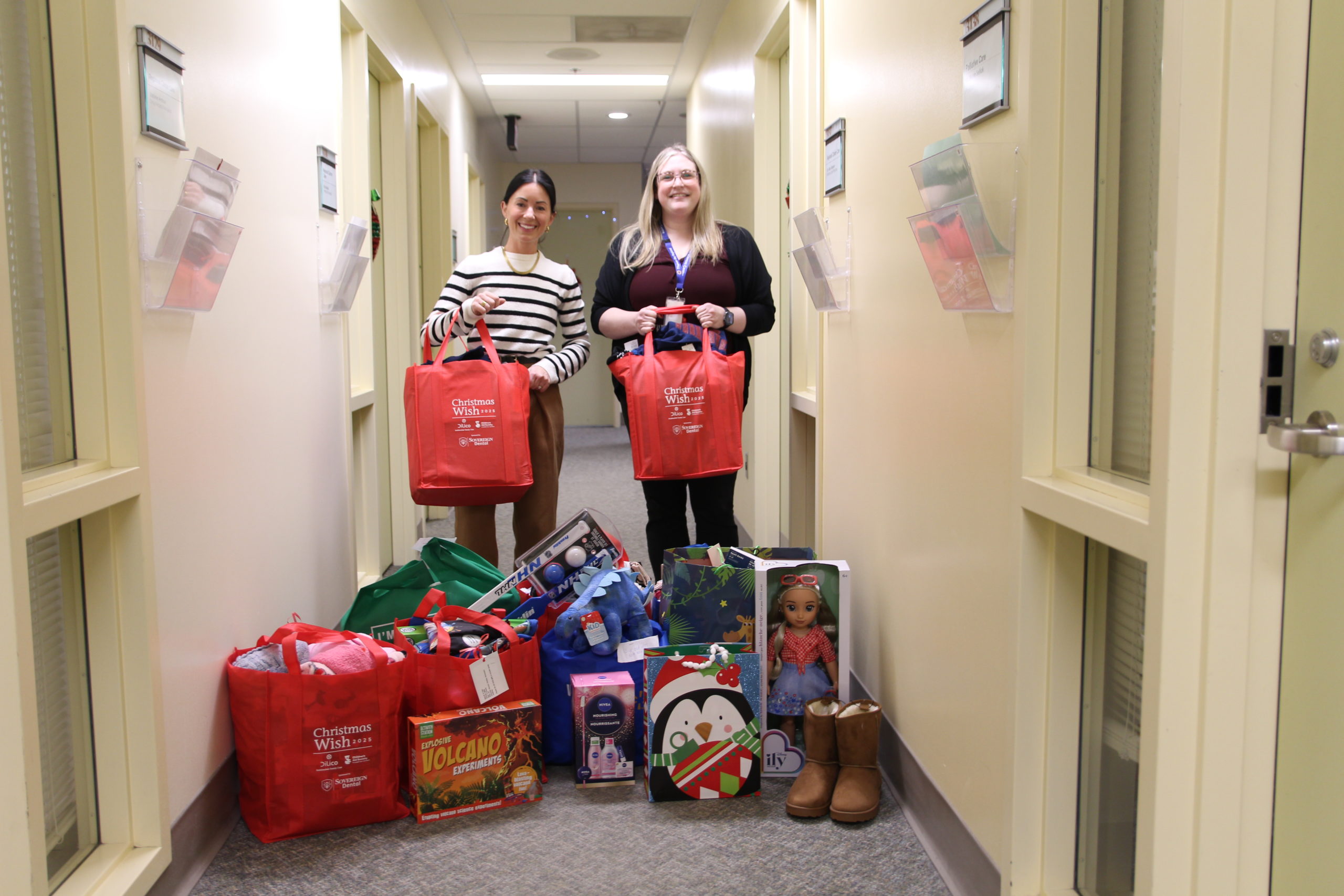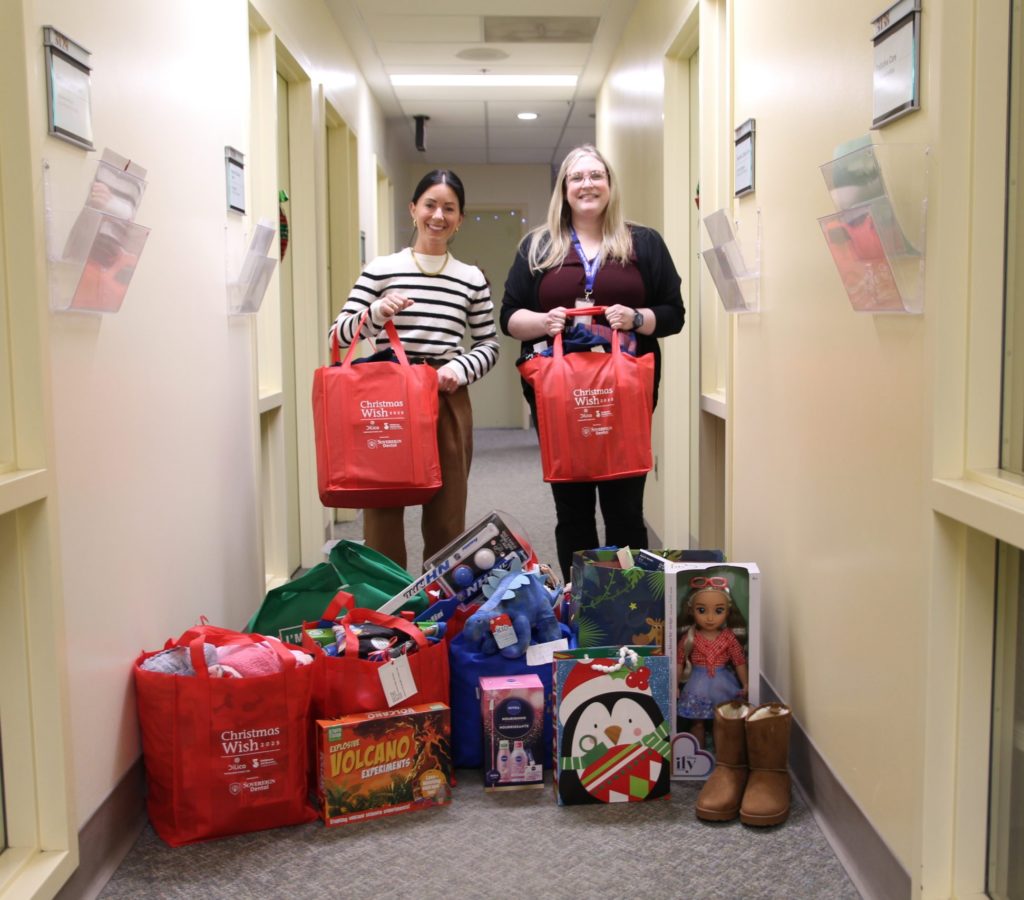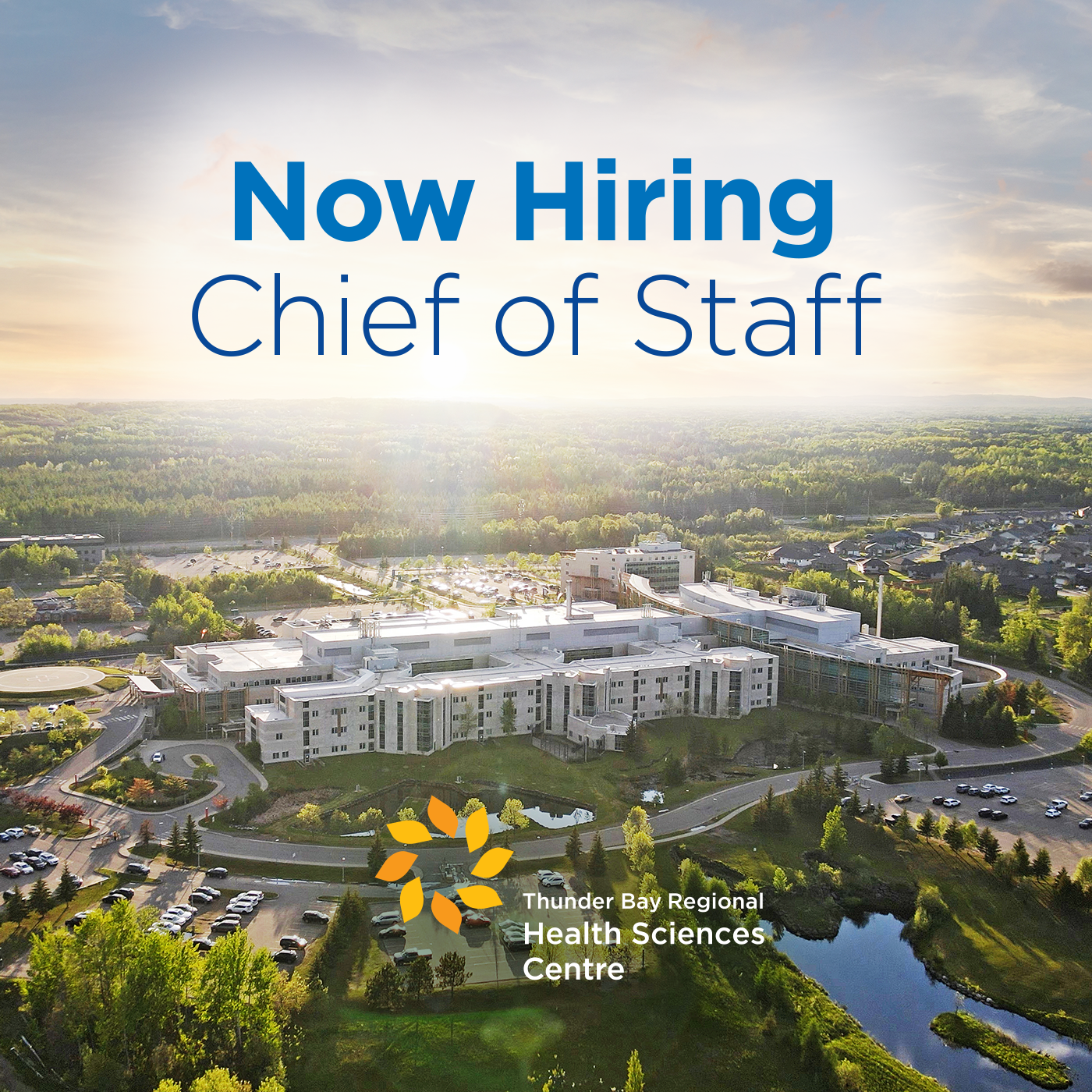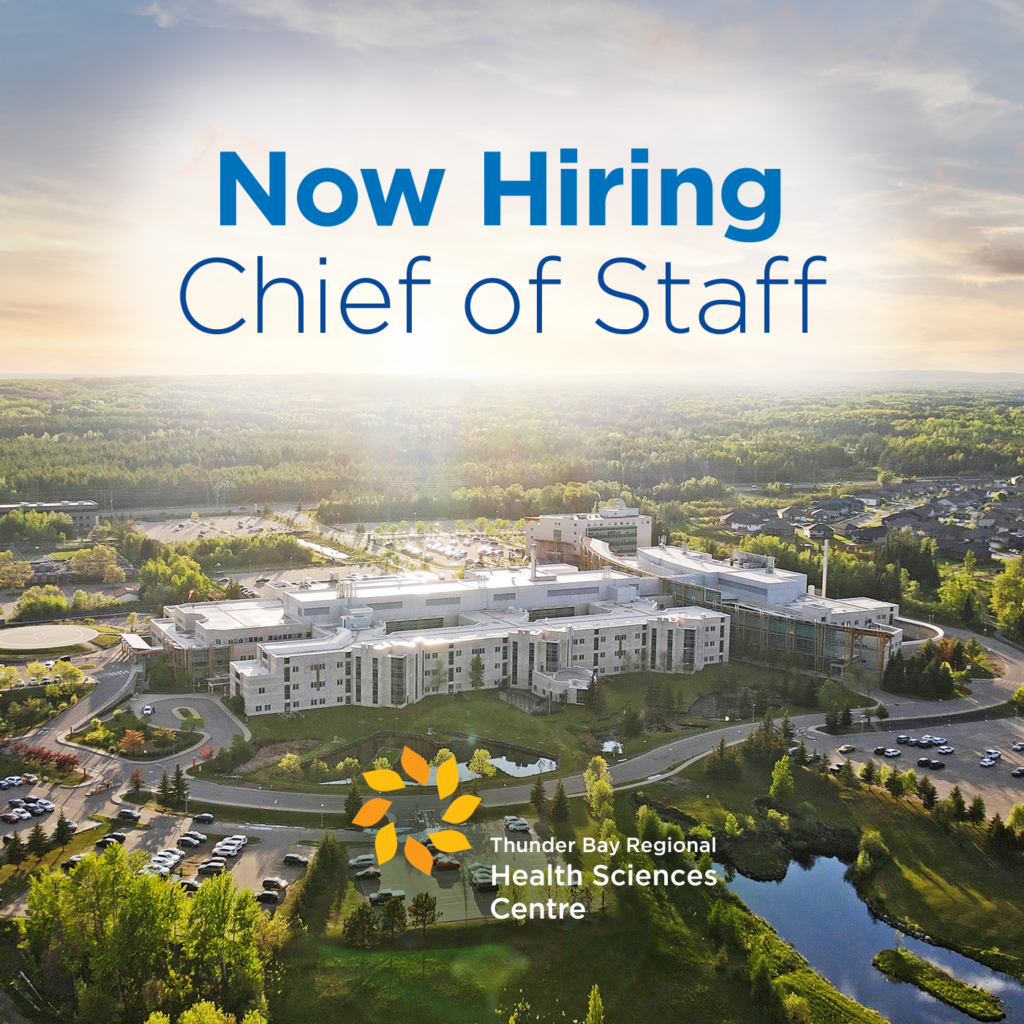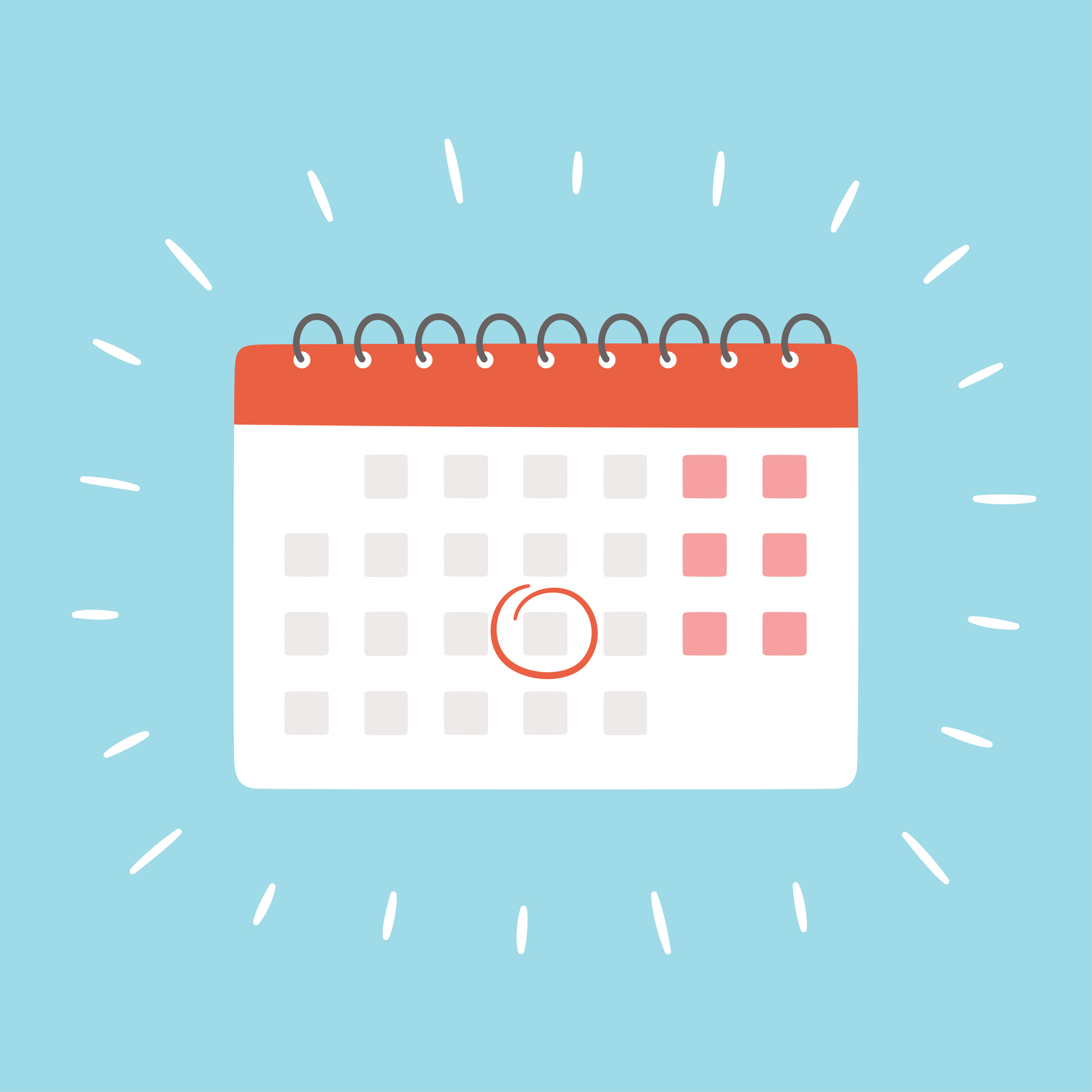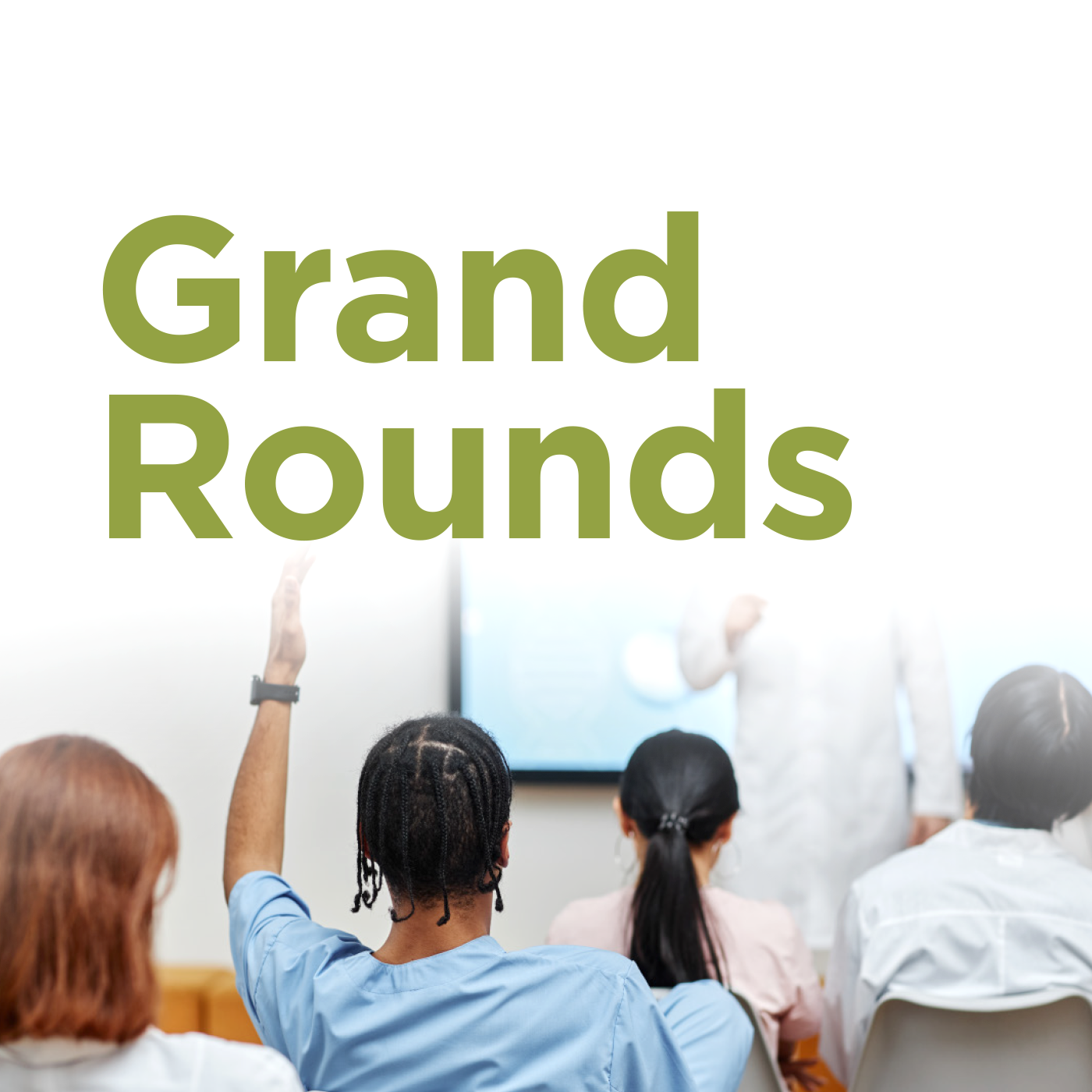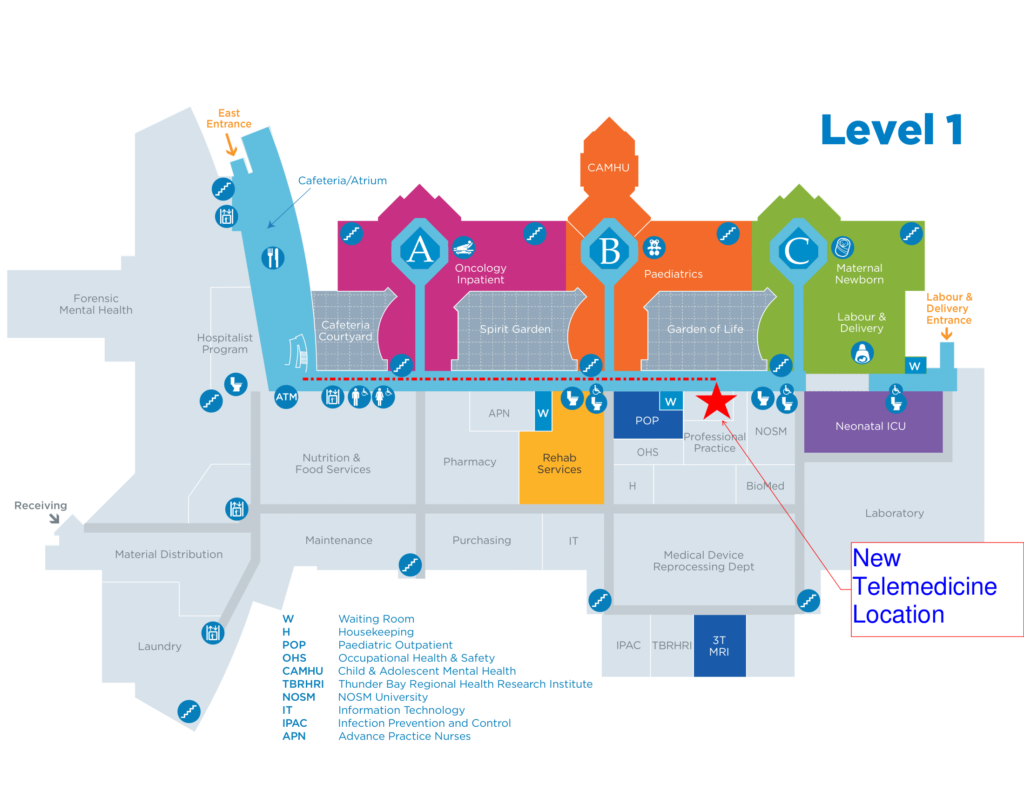At Thunder Bay Regional Health Sciences, we are committed to fostering an environment where all patients, their families, staff, professional staff, volunteers, and learners are treated with dignity and respect, feel affirmed in their identity, and receive safe, equitable care.
December is a month marked by a variety of significant holidays celebrated across different cultures, and religious, and spiritual traditions. You can learn more about each of these dates below.
International Day of Persons with Disabilities (December 3)
The International Day of Persons with Disabilities is observed annually on December 3, and was first established by the United Nations in 1992. This day highlights the importance of supporting the dignity and wellbeing of people with disabilities, and the ongoing need to advocate for accessibility and inclusion.
Human Rights Day (December 10)
Human Rights Day is observed annually on December 10, to commemorate the proclamation of the Universal Declaration of Human Rights (UDHR), which was formally adopted by the UN General Assembly on December 10, 1948. The Declaration recognizes all human beings as having inherent dignity and worth, and fundamental rights that they are entitled to regardless of race, colour, sex, language, religion, or any other status that they may hold. The Universal Declaration of Human Rights is considered a common standard throughout the world for protecting human rights.
International Universal Health Coverage Day (December 12)
Universal Health Coverage Day, held each year on December 12, marks the anniversary of the United Nations’ 2012 resolution calling for access to quality, affordable health care for all.
The day raises awareness of the urgent need for strong, equitable health systems—so that everyone, everywhere can get the care they need without financial hardship. It’s also a global call to action, urging countries around the world to invest in health, support vulnerable populations, and accelerate progress toward universal health coverage by 2030.
Hanukkah/Chanukah (December 14 – 22)
The Hebrew word Chanukah, also spelled Hanukkah, means “dedication.” Hanukkah is known as the Jewish Festival of Lights, and celebrates the rededication of the Holy Temple in Jerusalem and the miracle of the oil that burned for eight days—symbolizing resilience, hope, and the triumph of light over darkness.
Winter Solstice / Yule (December 21)
The Winter Solstice is significant for Indigenous Peoples, as it marks a time of renewal, reflection, and connection to natural cycles, including the return of longer days and the continuation of traditional practices. Many Indigenous Peoples celebrate Winter Solstice with community gatherings, feasts, storytelling, and ceremony. The Winter Solstice is also celebrated in other cultures throughout the world, including the Hopi people’s Soyal ceremony, and the Dongzhi Festival in China, and Yule in Pagan, Wiccan, and Druid traditions.
Christmas (December 25)
Christmas is the Christian festival that celebrates the birth of Jesus Christ. Christmas is also celebrated secularly by non-Christians.
Boxing Day (December 26)
Celebrated in Great Britain, and some commonwealth countries including Canada, the day after Christmas Day was traditionally celebrated as the day tradesmen and servants would receive gifts from their employers, and came to be known as Boxing Day. Boxing Day has since become synonymous with shopping and sporting events. (International)
Kwanzaa (December 26 – January 1)
Kwanzaa is an African-American and Pan-African cultural holiday that has been adopted around the world including in Canada. First developed by Dr. Maulana Karenga in 1966, Kwanzaa celebrates history, values, family, community, and culture. The name Kwanzaa means “first fruits”—an agricultural celebration. Kwanzaa is celebrated annually between December 26 and January 1.
New Year’s Eve (December 31)
The evening before the first day of the new year, according to the modern Gregorian calendar.
If you have any questions, please contact the Equity, Diversity, and Inclusion Steering Committee at: TBRHSC.EDISteeringCommittee@tbh.net.
